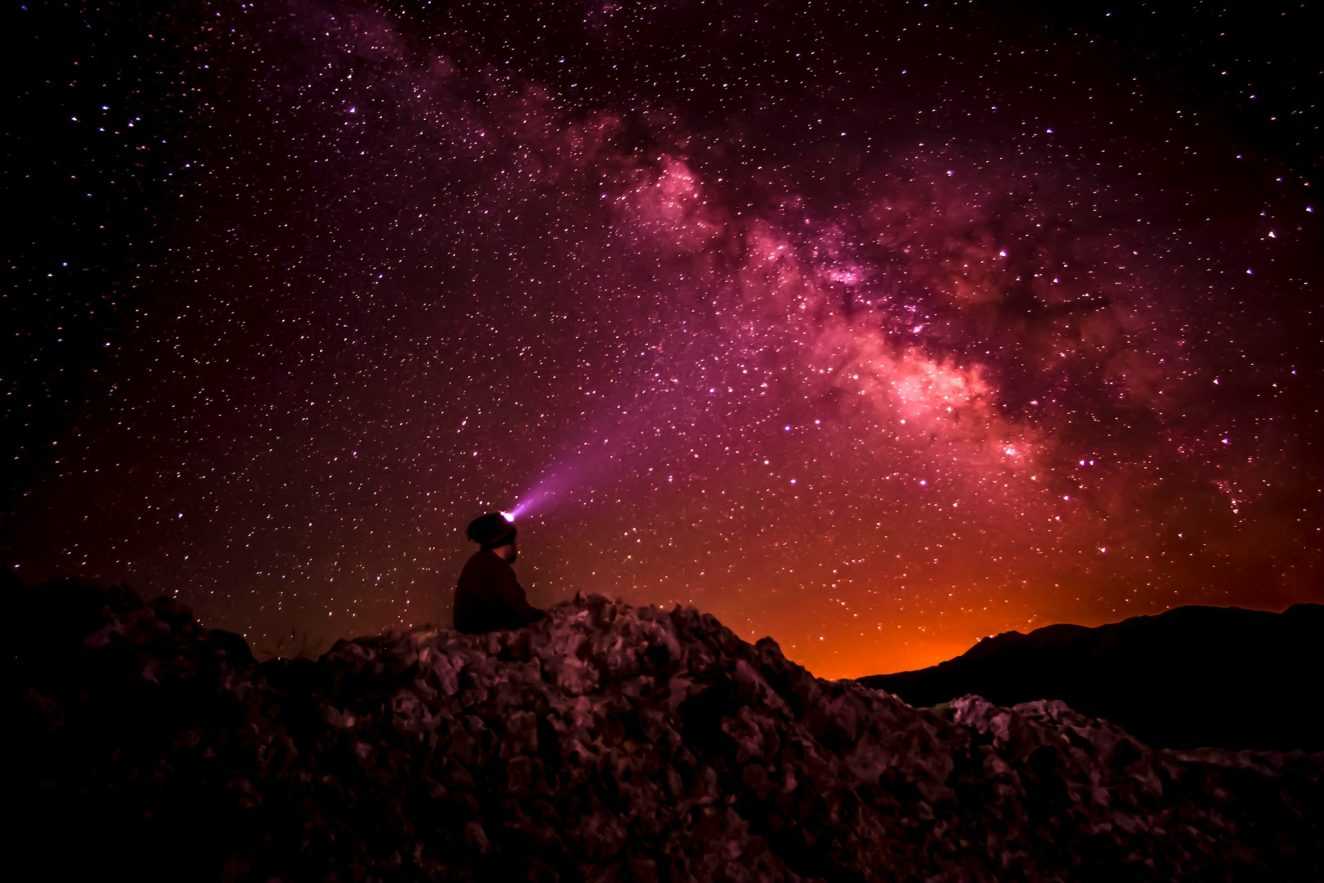Stars, those celestial wonders that adorn our night sky, have a remarkable journey from birth to demise. In this cosmic exploration, we unravel the secrets of how stars meet their end, from the serene closure of small stars to the dramatic grand finales of massive ones.

The Dance of Small Stars
Small stars embark on a cosmic journey that spans trillions of years. Their journey begins with the ignition of hydrogen fusion in their hot cores, creating a delicate balance between gravitational pull and outward energy release. These diminutive stars, known as red dwarfs, sip at their hydrogen reserves, sustaining a harmonious dance that keeps them shining for eons. As they age, red dwarfs gradually brighten before gently fading away into inert lumps of helium and hydrogen, leaving behind a quiet legacy in the vast expanse of the universe.
The Grand Finale of Massive Stars
In stark contrast, the demise of massive stars is a grand spectacle. Fueled by their significant mass, these stars burn through their energy at an accelerated pace. As they fuse not only hydrogen but also helium, carbon, oxygen, and other elements, a dazzling display of cosmic alchemy unfolds. However, the music stops when an iron core forms, triggering a cataclysmic collapse. The core transforms into a neutron ball, resisting the crushing forces temporarily before unleashing a supernova blast. This explosion, more energetic than our sun’s entire lifetime, sculpts the cosmic landscape, carving bubbles in the interstellar medium and sending material cascading out of galaxies.

The Cosmic Tragedy of Medium Stars
Medium-sized stars, caught in cosmic limbo, undergo a gruesome fate. Unable to trigger a supernova but too volatile to fade away silently, they transform into red giants. As a ball of oxygen and carbon forms in their cores, these stars convulse, expanding and contracting in erratic patterns. The red giant phase is marked by instability, causing the star to eject mass into the solar system. In its final throes, a medium-sized star sheds its outer layers, creating an effervescent planetary nebula. The exposed core, now a white dwarf, illuminates the surrounding nebula for thousands of years, a haunting reminder of the star’s tumultuous demise.
The Enigmatic Beauty of Planetary Nebulas
While planetary nebulas showcase mesmerizing beauty in telescopic views, they are the remnants of a star’s tortured death. These wisps of gas and dust, illuminated by the white dwarf at their center, emerge from the violent convulsions and ejections during the star’s final stages. The dance of light in planetary nebulas is a fleeting phenomenon, lasting about 10,000 years before the white dwarf cools, leaving behind an ethereal legacy in the cosmic tapestry.

The cosmic odyssey of stars, whether small, massive, or medium-sized, is a symphony of creation and destruction. From the serene longevity of red dwarfs to the explosive brilliance of supernovas and the haunting beauty of planetary nebulas, stars narrate stories etched across the vast canvas of the universe. Each celestial exit, whether quiet or grand, contributes to the intricate dance of life and death in the cosmos, leaving us awe-inspired by the celestial wonders that grace our night sky.





